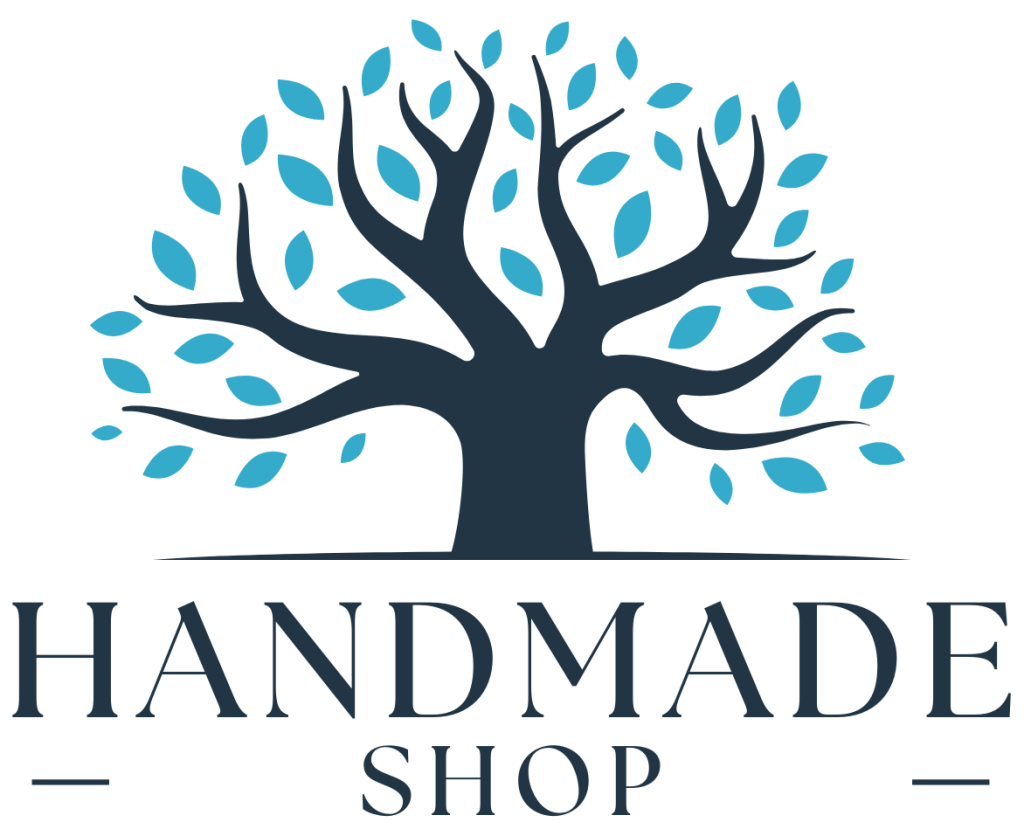Handmade pressed paper is not just a sustainable choice—it’s also an enjoyable and creative craft that allows you to transform waste materials into something beautiful and useful. Whether you’re a DIY enthusiast or simply curious about exploring a new hobby, making handmade pressed paper at home is both rewarding and straightforward. This guide will walk you through the process, providing all the details you need to create your own eco-friendly paper.
Why Make Handmade Pressed Paper?
Before diving into the steps, let’s explore why this activity is worth your time:
- Eco-Friendly: It repurposes waste paper and plant materials, reducing your environmental footprint.
- Cost-Effective: You can create beautiful paper using materials you already have at home.
- Creative Outlet: It’s an opportunity to experiment with colors, textures, and natural embellishments like dried flowers and leaves.
- Personalized Projects: Handmade paper is perfect for customized cards, journals, or unique art pieces.
Materials You’ll Need
To start your handmade pressed paper project, gather the following items:
- Recycled Paper Scraps: Old newspapers, junk mail, or used printer paper work well. Avoid glossy or heavily inked papers.
- A Blender: Used to break down the paper into a smooth pulp.
- A Mold and Deckle: This is a frame with a mesh screen that helps shape the paper. You can make one yourself using an old picture frame and a piece of fine mesh.
- A Large Basin or Tub: To hold the water and pulp mixture.
- A Sponge and Towels: For pressing and drying the paper.
- Optional Decorations: Dried flowers, leaves, natural dyes, or glitter for added flair.
Step-by-Step Guide
Follow these steps to create your own handmade pressed paper:
Step 1: Prepare the Paper Pulp
- Tear recycled paper into small pieces, roughly the size of a postage stamp. The smaller the pieces, the smoother your pulp will be.
- Soak the paper pieces in warm water for at least an hour, or overnight for tougher materials.
- Blend the soaked paper with water in a blender until it forms a thick, smooth pulp. Add more water as needed to achieve the desired consistency.
Step 2: Set Up Your Workspace
- Fill a large basin or tub with water and add your blended pulp. Stir to distribute the pulp evenly in the water.
- Place your mold and deckle in the tub. The mesh side should face up to catch the pulp.
Step 3: Form the Paper
- Submerge the mold and deckle into the tub at an angle, then level it horizontally to allow the pulp to settle evenly on the screen.
- Lift the mold and deckle out of the water, letting excess water drain away.
- If you want to decorate your paper, gently press dried flowers, leaves, or other embellishments into the pulp at this stage.
Step 4: Press and Transfer
- Place the mold on a flat surface. Use a sponge to press out excess water by gently dabbing the back of the screen.
- Carefully lift the deckle off the mold and transfer the wet sheet onto a towel or a smooth board by flipping the mold upside down. Peel the screen away slowly to avoid tearing the paper.
Step 5: Dry and Finish
- Allow the paper to air-dry completely. This can take several hours to a full day, depending on the thickness of the paper and your climate.
- Once dry, remove the paper from the surface. If the sheet is slightly warped, press it under a heavy book to flatten it.
Tips for Success
- Experiment with the pulp-to-water ratio to create different paper textures. More pulp results in thicker paper, while more water produces thinner sheets.
- Use natural dyes, such as beet juice or turmeric, to add subtle colors to your paper.
- Test different fibers like cotton or plant-based materials for unique textures and strengths.
- Be patient! The drying process can take time, but the results are worth the wait.
Creative Uses for Handmade Pressed Paper
Handmade pressed paper is incredibly versatile. Here are some ideas to inspire your projects:
- Greeting Cards: Add a personal touch to holiday or birthday cards.
- Journals and Scrapbooks: Use your handmade paper for pages or covers.
- Gift Tags and Wrapping Paper: A sustainable alternative for eco-friendly gifting.
- Art Projects: Perfect for watercolor paintings, calligraphy, or printing.
Conclusion
Starting your own handmade pressed paper project at home is a fulfilling way to recycle materials while unleashing your creativity. Not only does it promote sustainability, but it also allows you to craft unique, personalized items that reflect your style. With just a few tools and a bit of time, you can turn everyday waste into stunning paper creations.
Dive into this fun and meaningful craft today, and let your imagination guide you! Whether you’re making paper for personal use or as thoughtful gifts, the results will surely leave a lasting impression.
